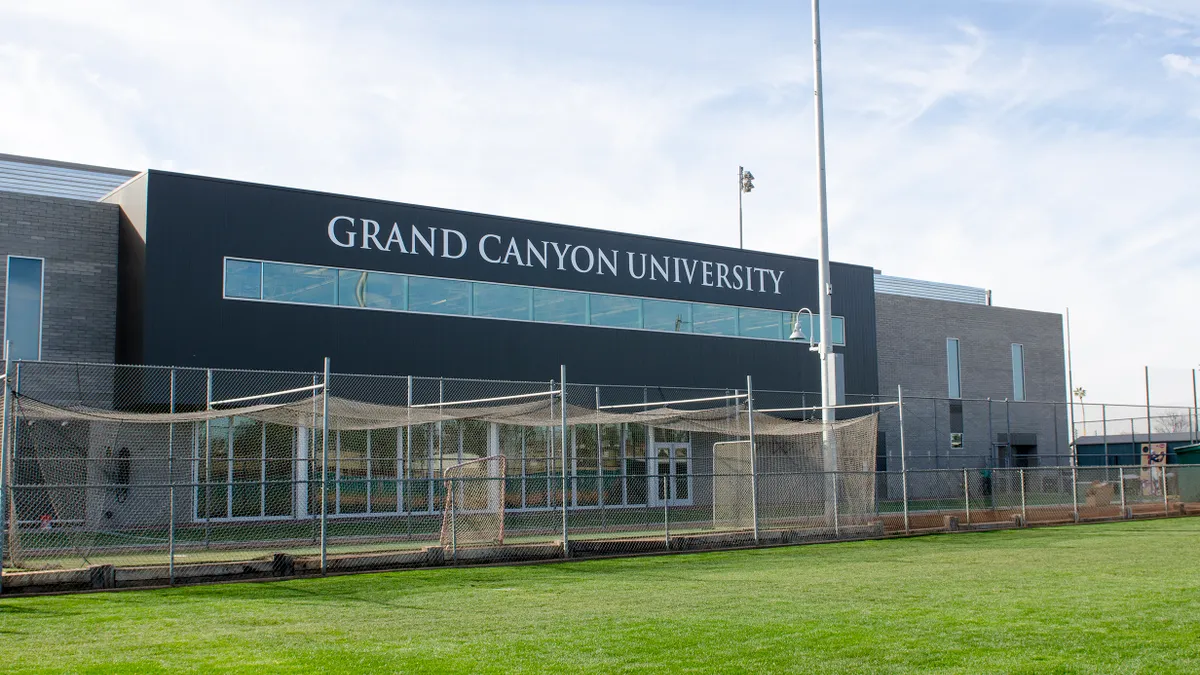Students have been sent home to pursue their education online, instructors have been asked to translate decades of knowledge into a virtual format and institutions have been working overtime to make the interaction between the two seamless — but have these efforts helped or hindered student success?
COVID-19 has changed everything about how higher education institutions function today, and it will continue to affect operations long into the future. Institutions are doing their best to pivot and adapt to this new landscape, but when it comes to technology, it’s proving difficult to create a long-term plan. According to a survey of 164 university representatives conducted by AccelerEd and Education Dive’s studioID, one out of three respondents (32%) identified technology strategy as an area where success could not be attained without support.
“It’s incredibly important to get the technology strategy right, but it’s difficult to make progress without support and direction,” said Wendy Colby, CEO of AccelerEd.
Here are the three attributes of a technology strategy that higher education institutions must embrace to support student success today and in the future:
1. A successful institutional technology strategy is … proactive
What matters most in success planning for 2021 and beyond is not the day-to-day technology students use to learn, but rather taking a thoughtful approach to how technology can be deployed to enable effective online student learning. In moving swiftly to respond to the COVID-19 crisis, institutions run the risk of taking a short-term approach to technology rather than a proactive one. This leads them to miss out on the opportunity to rethink and reinvigorate how they serve their students.
“The pandemic has had a dramatic impact on the business models of universities that can no longer offer face-to-face classes,” Colby said. “It’s time for the community of education at large to come together to consider solutions that promote quality, engagement, persistence and retention. There’s no going back from this or riding out the storm — we have to own this moment and lead from within our institutions.”
2. A successful institutional technology strategy is … responsive
On-campus teaching isn’t the only change institutions must face. The velocity and significance of the changes occurring in higher education require institutions to reconsider their very purpose. As students reconsider, defer or adjust their approach to pursuing higher education, it creates a space for universities and colleges to be responsive to those new expectations and desires.
“Our models of higher education are shifting, and institutions need to ask the hard questions,” Colby said. “What’s really working, and what do we need to let go of? How can we deliver an authentic experience without the benefits of a full campus environment? The solution must be aligned to the mission and direction of the institution — in the suite of programs, experiences and value offered to students.”
3. A successful institutional technology strategy is … holistic
Many institutions are trying to respond to the crisis one technology at a time or are employing technology for the sake of technology rather than focusing on how it enables a different student experience. Just putting a lecture online, hosting a chat or discussion online or sharing a book online does not create a cohesive and integrated experience.
For technology to be effective, it requires a close examination of the student and faculty experience in a completely different modality. It takes a holistic approach to design for this new medium — building a digital teaching and learning environment that is cohesive, connected, and compelling. The experience should motivate, invite and encourage student learning and collaboration with the right mix of program offerings, services and support, all tailored to the world of online.
For example, 29% of those surveyed were concerned about faculty training and management, 24% about online curriculum development and management, and 20% about student access. A holistic approach considers all of these aspects in the design of the online experience and assesses which technology will best enable the institution to achieve its goals. For many institutions, this also means a change to existing processes that might have been more suited to in-person teaching and learning modalities.
“The challenge can seem daunting to an institution that may not yet be versed in online learning, but that’s why it’s so important to take a phased approach,” Colby said. “When you start with a blueprint for the path forward, you assess your capacity and readiness, and you build toward the right outcome. Without that blueprint, your approach becomes fragmented, reactive and tactical, and many of these core areas and interdependencies are overlooked.”
Technology strategy that supports student success
Higher education institutions must carefully consider how they respond to this new era of hybrid and online learning — not only for today, but for the months and years to come. Honestly assess your operations and readiness for online education and map out your student journey to see how all of the pieces need to connect, taking into account the tools and technologies that can augment and catalyze your digital teaching and learning experience. A holistic approach will make all the difference in achieving early wins and sustainable success.










